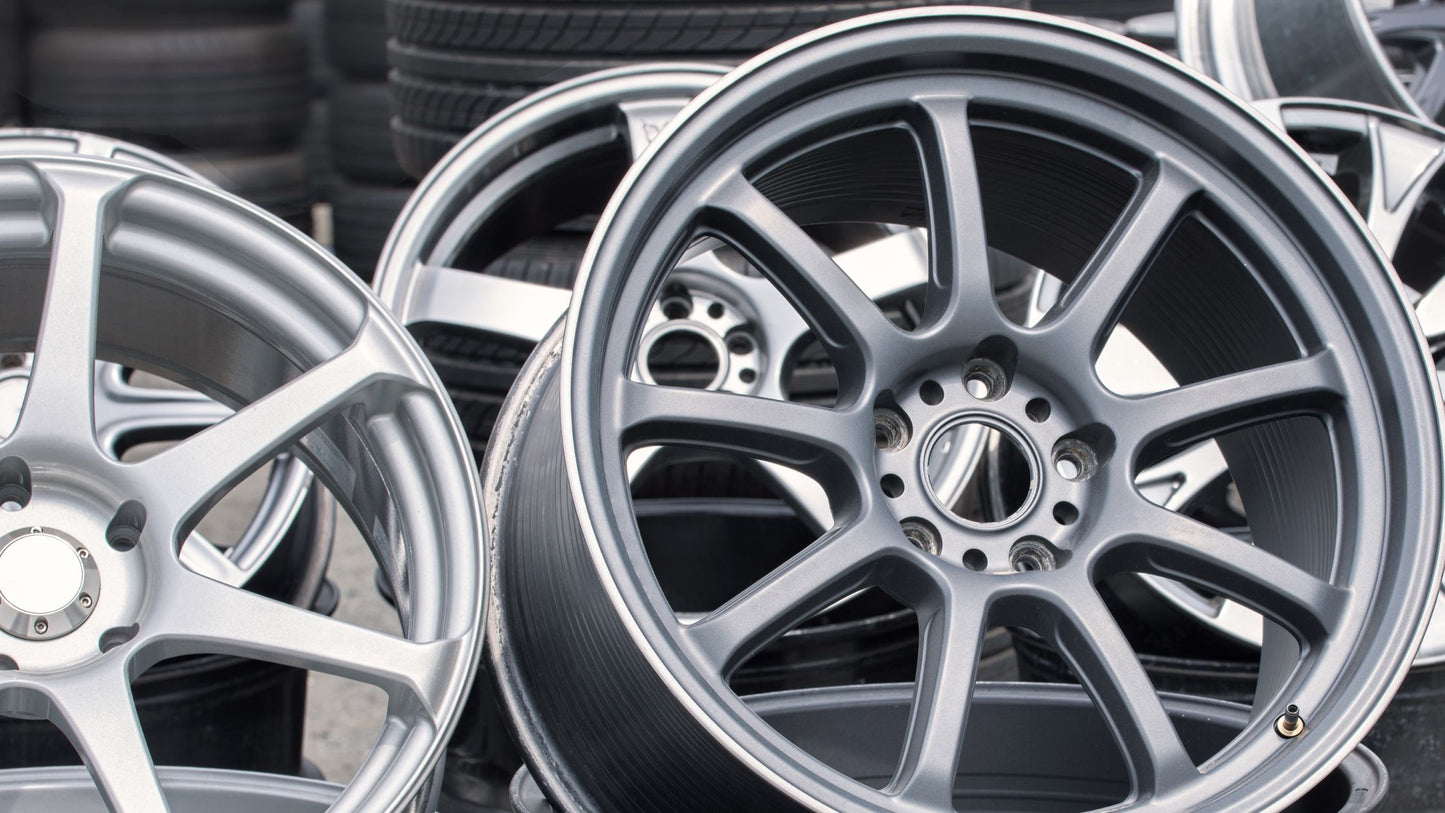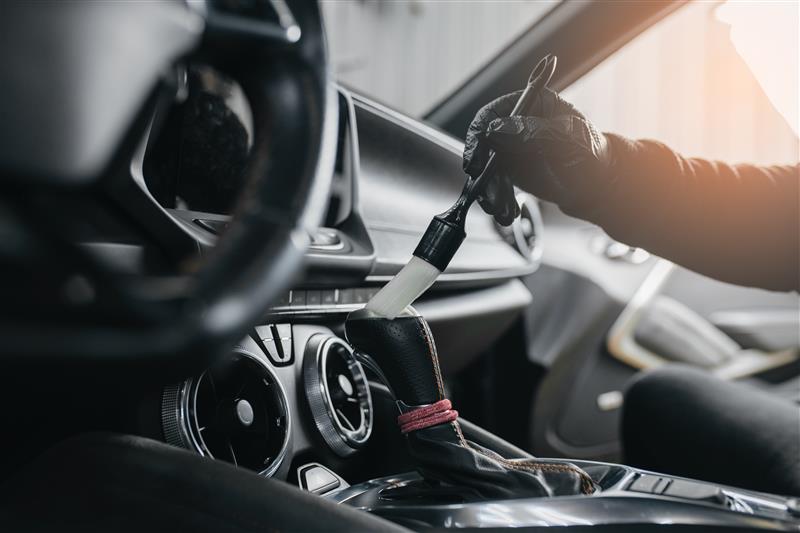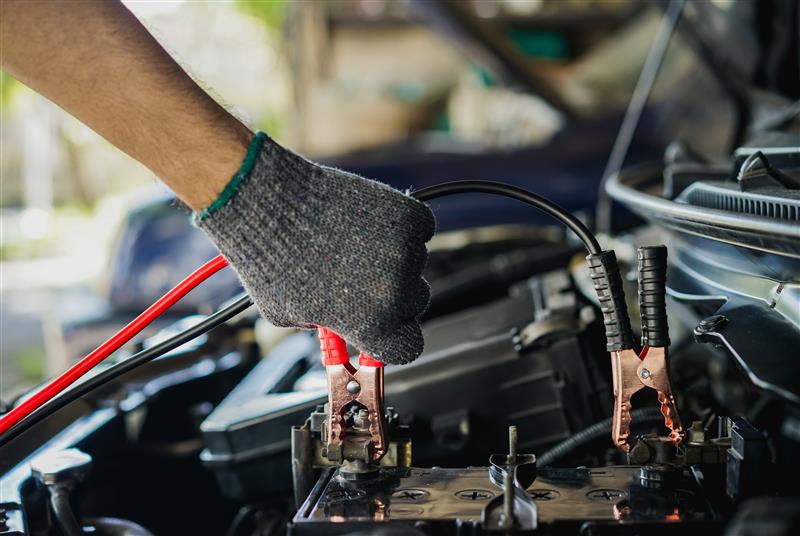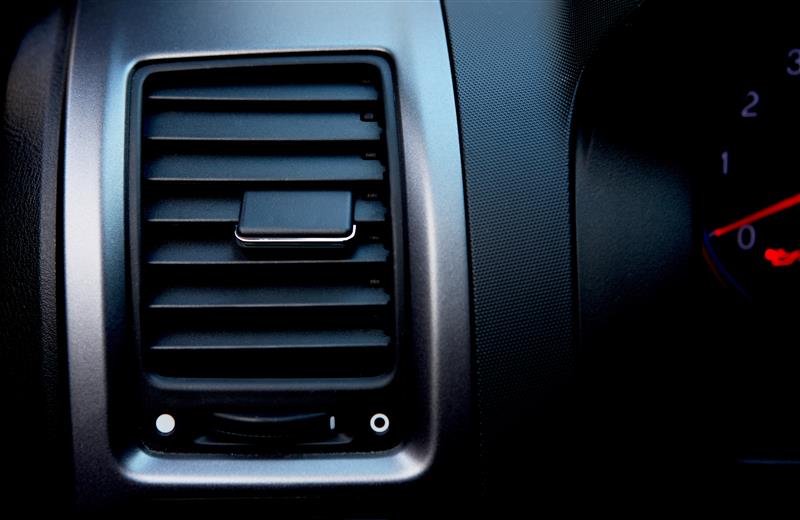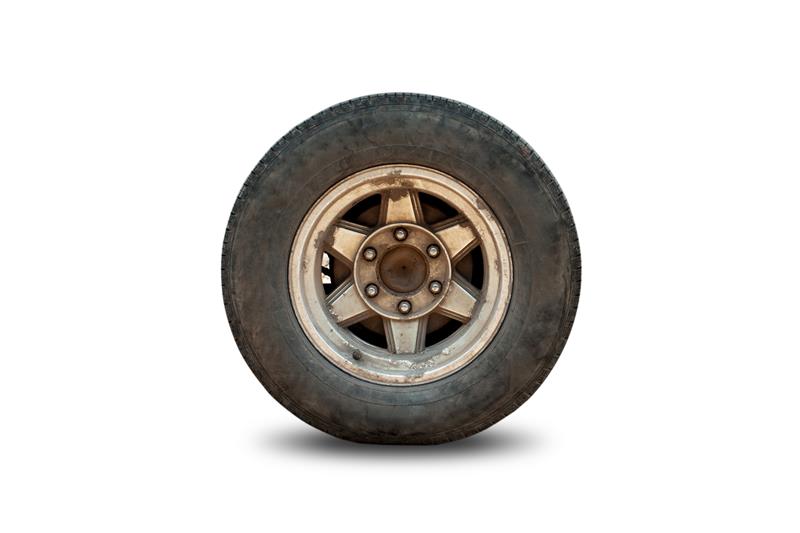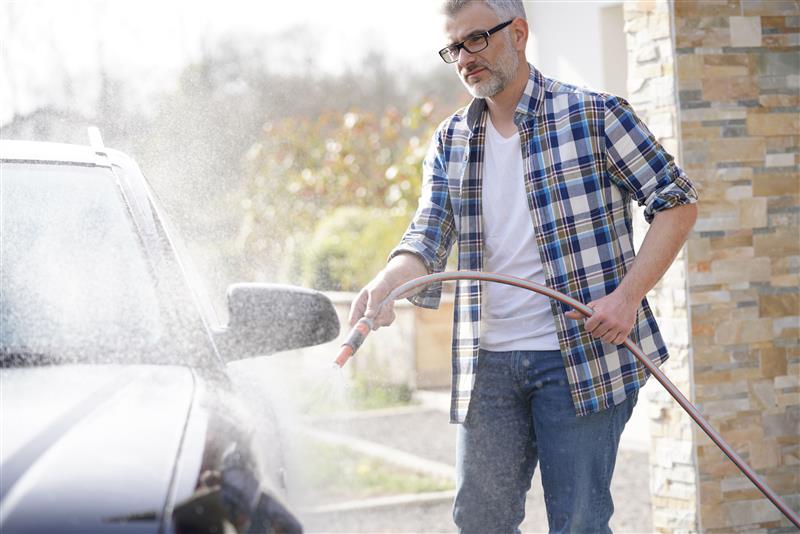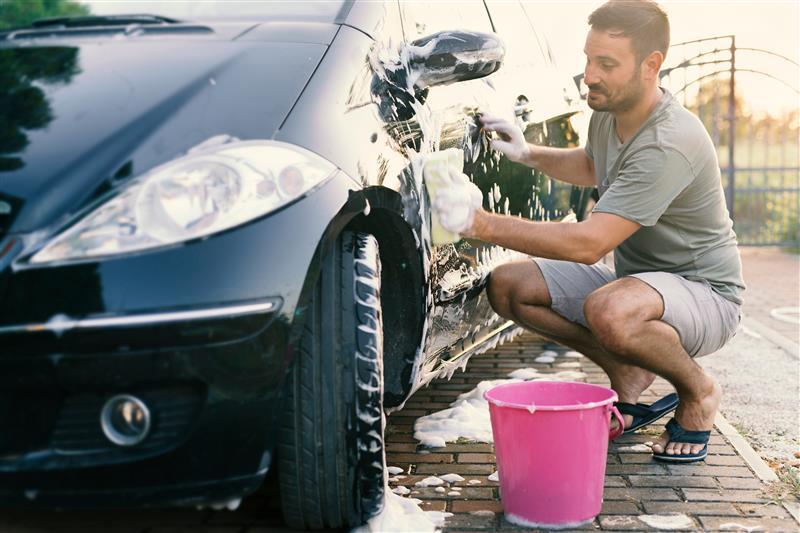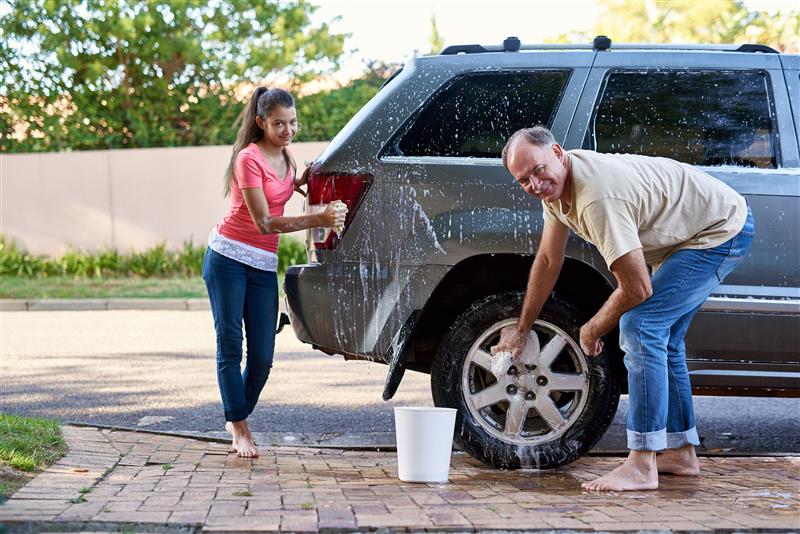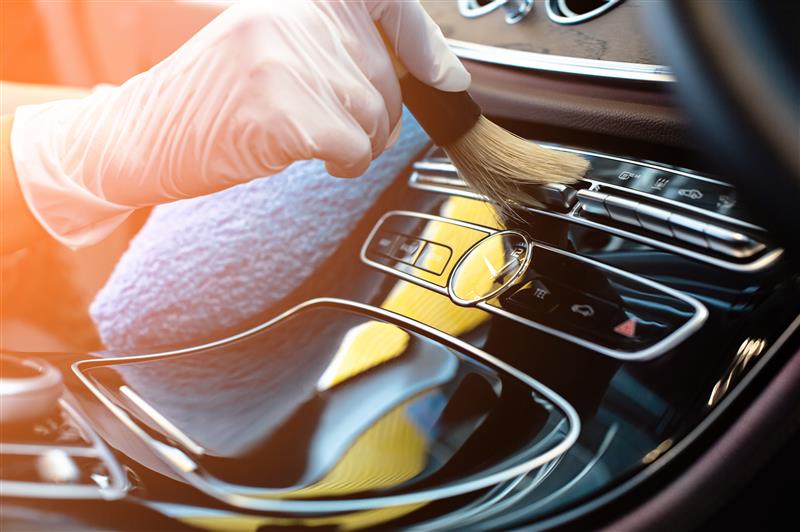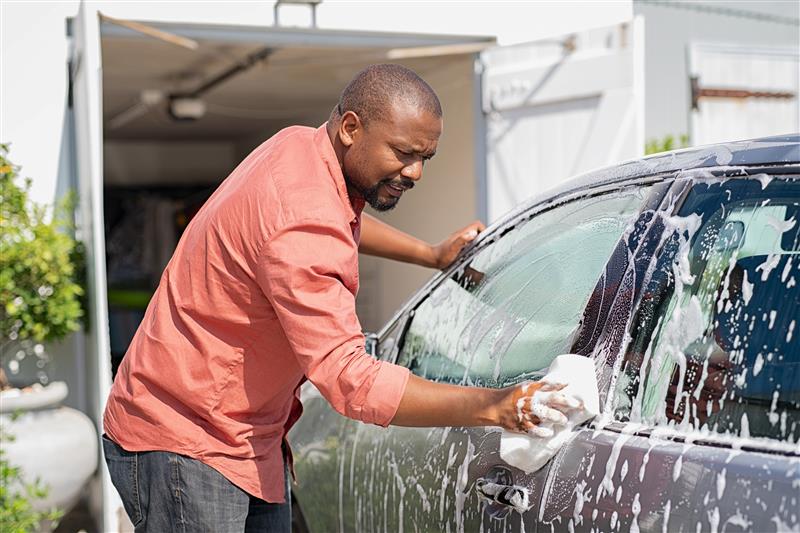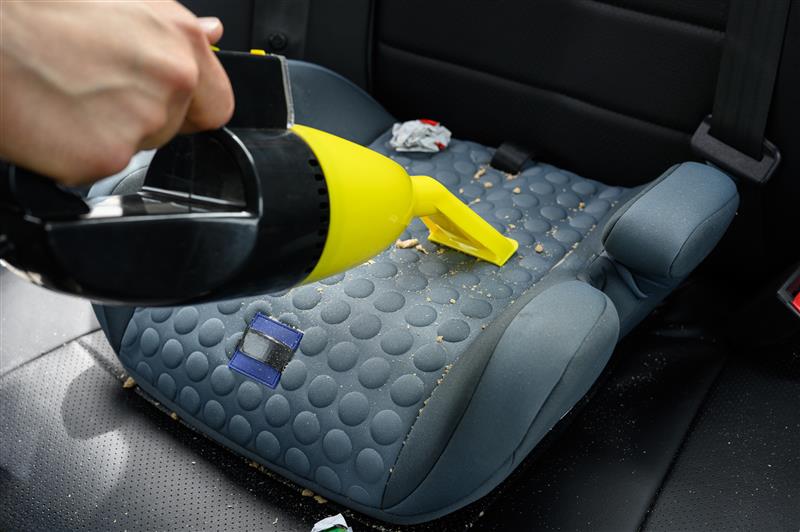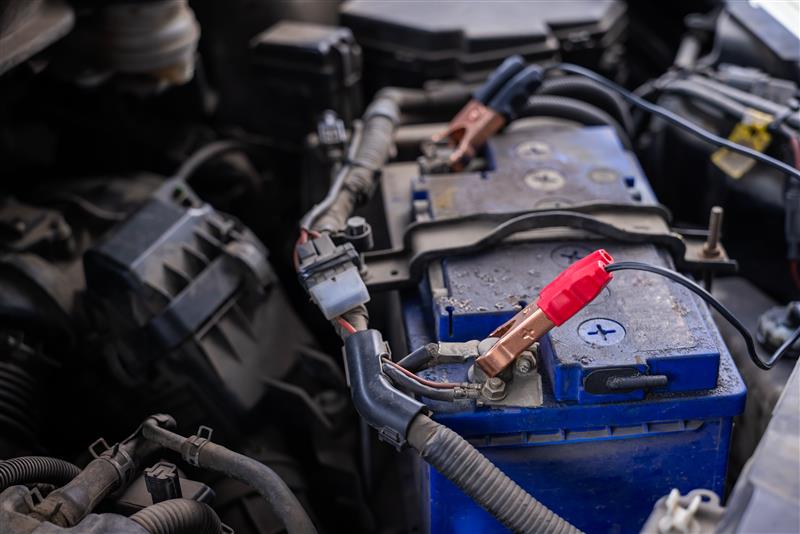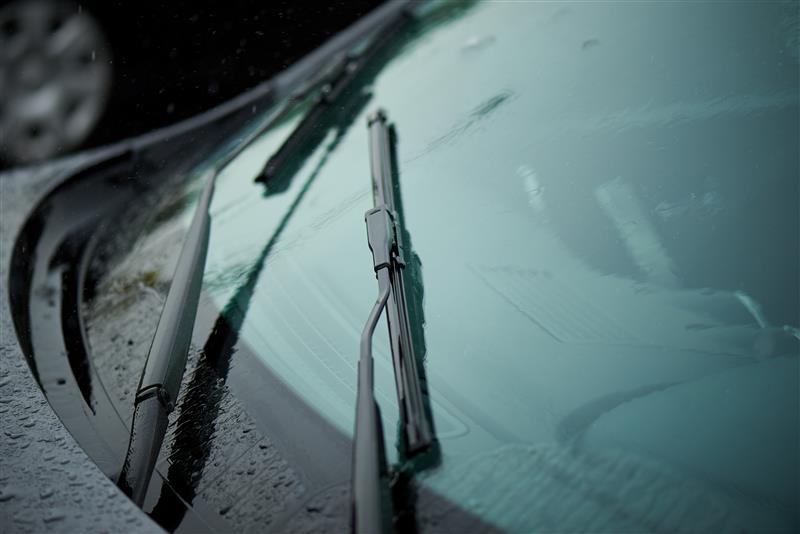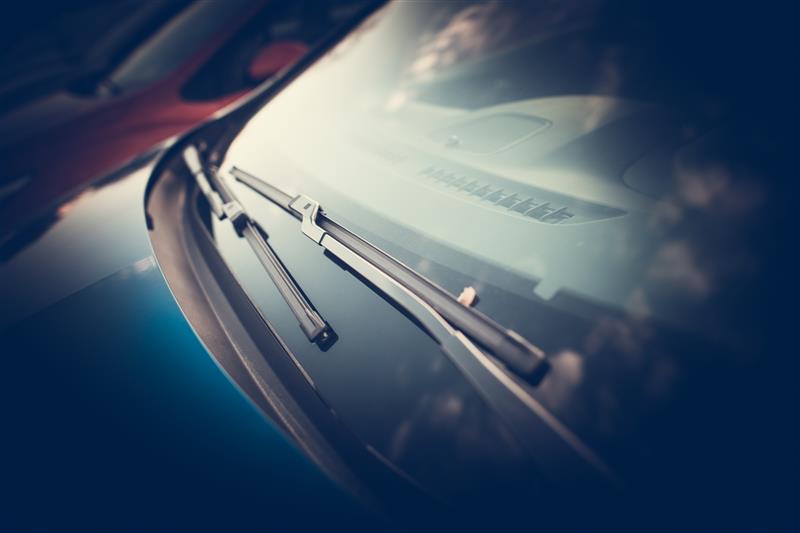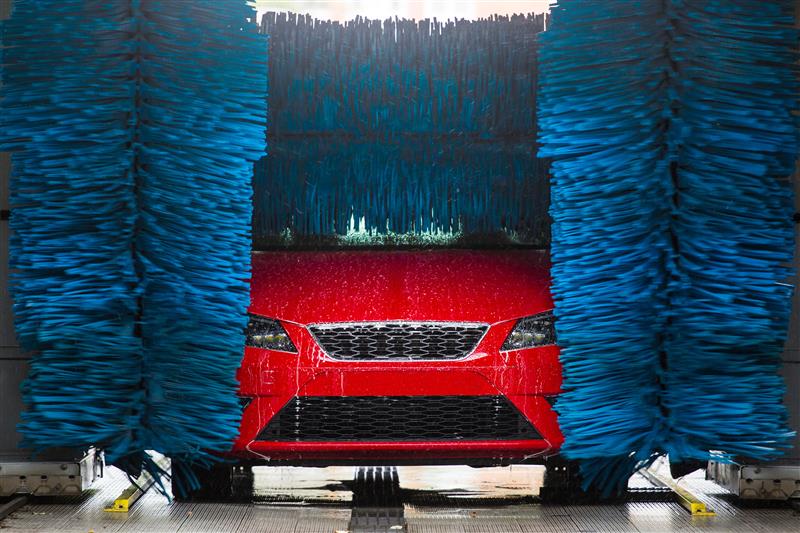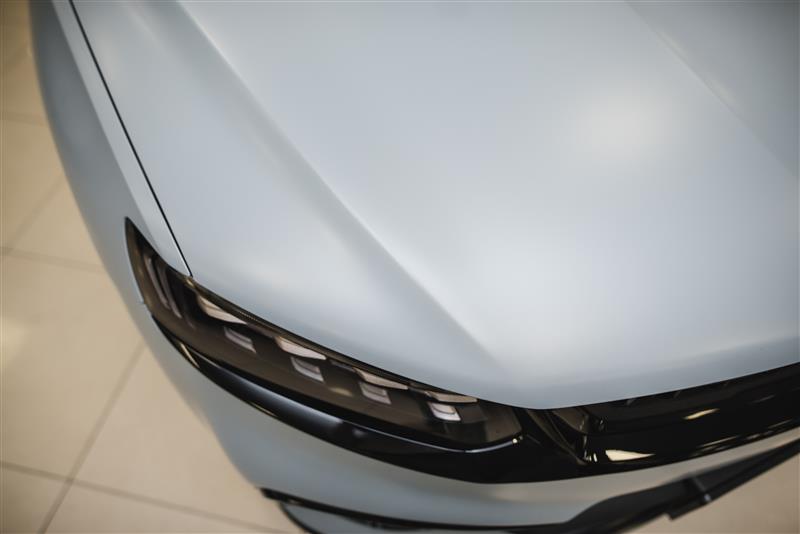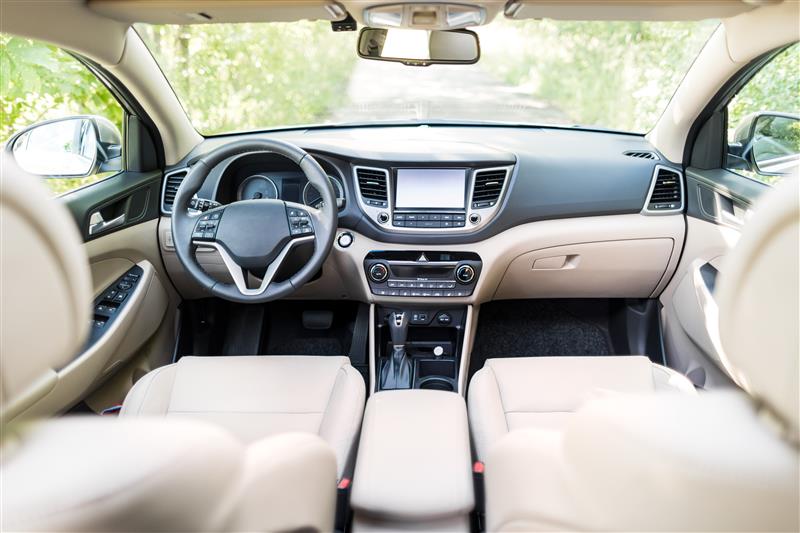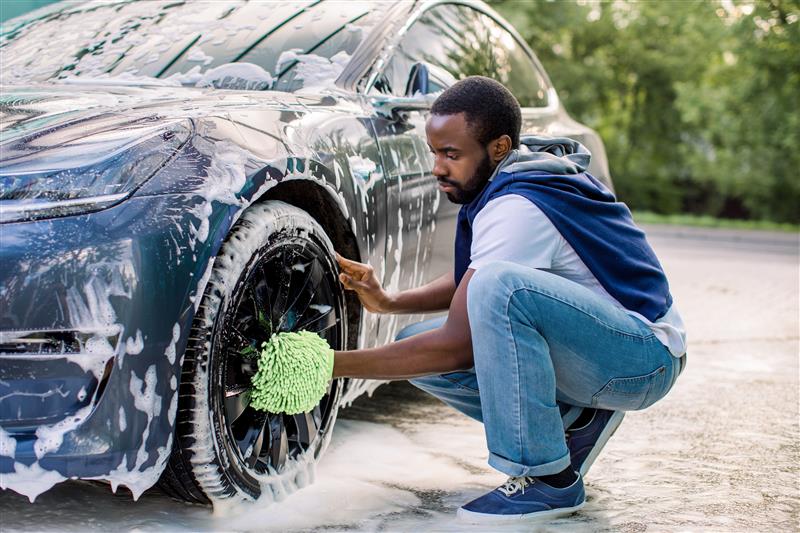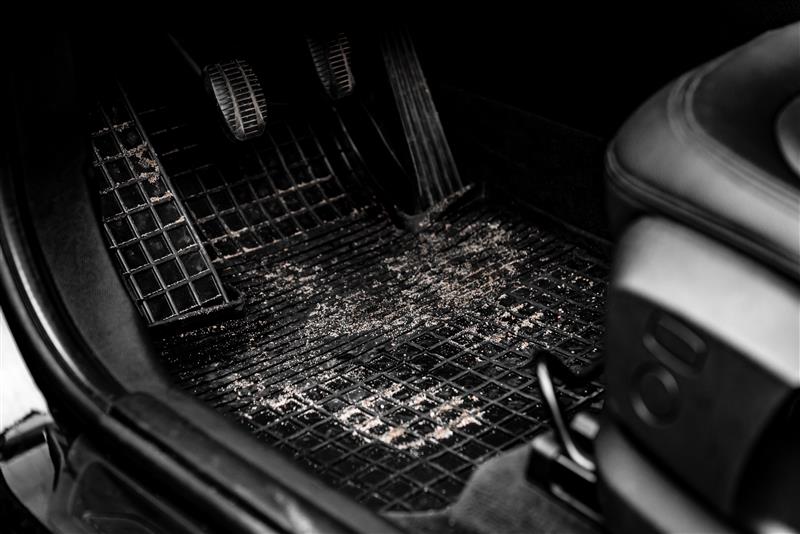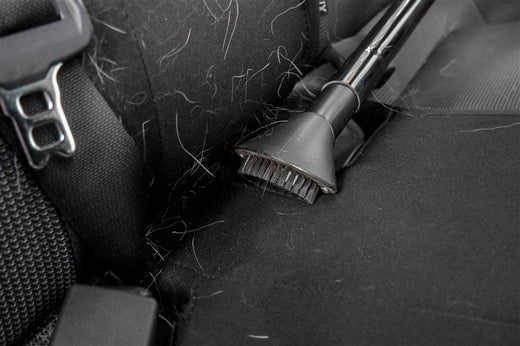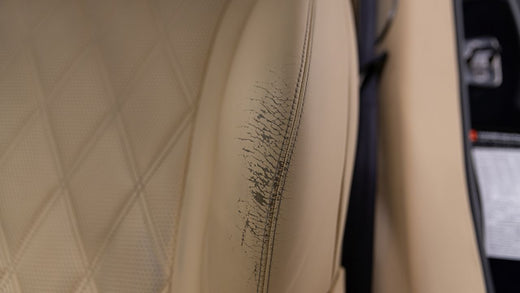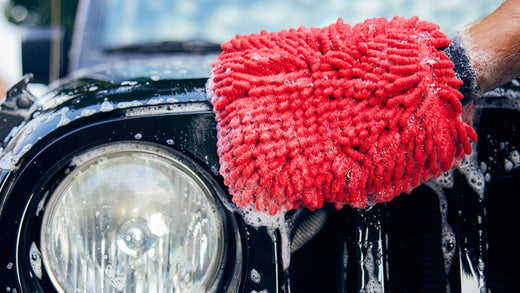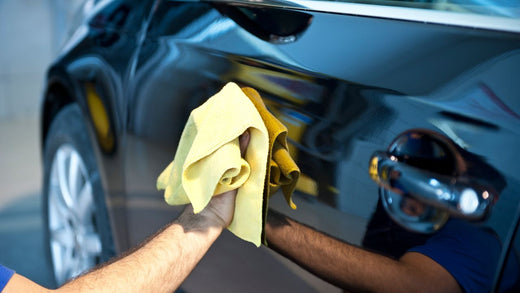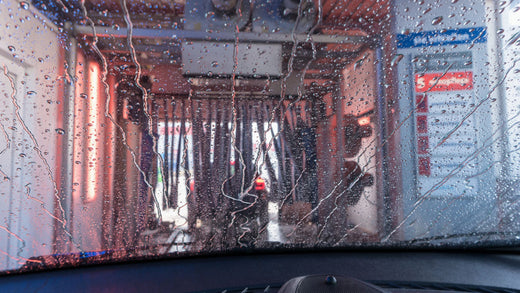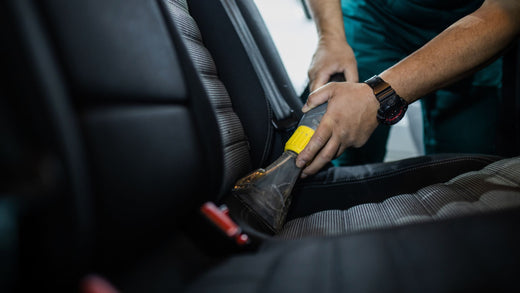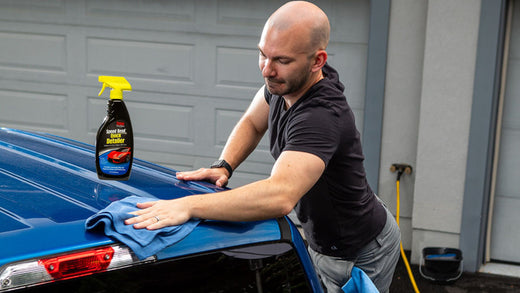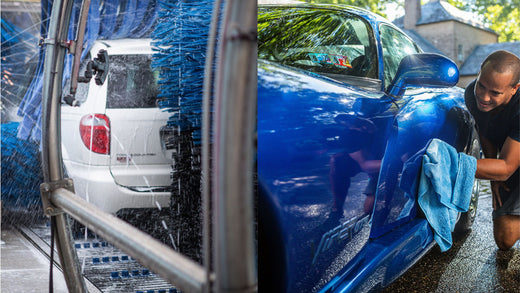Clear vision ahead with our holiday markdowns on Invisible Glass Ceramic Silicone Wiper Blades. Prices as marked.
Your car's wheels do more than just get you from A to B; they're the crown jewels of your vehicle's look. However, even the most dazzling wheels aren't immune to the relentless onslaught of road grime and those occasional curb scuffs. Are you dreaming of restoring that showroom shine? Fear not. In this guide, we'll detail the essential steps to polish your rims to a gleam and guard them against future wear and tear.
To make scratched rims shine like new: Determine the type of material you’re working with, ensure the wheels are cool to the touch, prep the wheels and tires by thoroughly cleaning them, conduct a spot test with your polish, apply polish to the damaged rim, buff using a microfiber towel or applicator pad, and protect wheels to prevent future damage.
Required Products
Gather the following as you prepare to restore those rims:
| What you’ll need: | Good to Know: |
|---|---|
| Wheel Cleaner | You can choose a dedicated wheel cleaner or use a solution of mild soap and water. |
| Wheel Brush | For the best results, select a specialized wheel brush with soft bristles for cleaning hard-to-reach areas. |
| Hose or Pressure Washer | Either will effectively rinse loose dirt and debris from your wheels. |
| Microfiber Towels | Soft, lint-free microfiber towels are perfect for cleaning and buffing. |
| Applicator Pad | Use a foam or microfiber applicator pad for applying wheel polish. |
| Wheel Polish | Choose a high-quality wheel polish suitable for your wheel material (e.g., aluminum alloy, chrome, steel). |
| Wheel Sealant or Wax | Apply to protect the wheels from future damage and make routine cleaning more manageable. |
Determine the type of material you’re working with
Before diving into the polishing process, it's crucial to determine what material your wheels are made of and the severity of the damage. Common wheel materials include aluminum, chrome, steel, or metal alloy, each requiring different care and polishing products. Identifying the material is the first step to success.
Light scratches and swirls in your rim from improper washing techniques or loose road debris are easy to fix and can even be corrected in your garage. However, more severe damage, such as curb rash or deep scuffs, might require a trip to the auto repair shop.
Ensure the wheels are cool to the touch
Before prepping your wheels and tires, place a hand on the surface of the wheels to ensure they’re cool to the touch. Wheels get hot fast, and spraying down water or applying a product to a warm rim will complicate the cleaning process. It's essential to wait until the wheels are cool to the touch to avoid uneven results or unintentional damage.
If the wheels are hot, move the vehicle into a shaded area and wait several hours for the wheels to cool down fully.
Prep the wheels and tires by thoroughly cleaning them
Proper preparation is critical to achieving a smooth and shiny finish. Start by cleaning the wheels and tires thoroughly. Here's how to do it:
- Rinse off loose dirt and debris with a hose or pressure washer. If you’re using a pressure washer, ensure you’re at a safe distance from the wheel.
- Use a wheel cleaner or a mixture of mild soap and water to scrub away brake dust, grime, and other contaminants. We recommend Stoner’s Wheel Cleaner if you need a safe, effective product.
- Wait several minutes for the product to dwell, bringing up stubborn contaminants.
- Use a specialized wheel brush to help reach tight spots.
- Pay extra attention to the areas around the wheel spokes, as these are often neglected and can accumulate dirt.
- Rinse the wheels and tires thoroughly to remove all cleaning residues.
Conduct a spot test with your polish
Not all wheel polishes are created equal and may react differently based on your wheel's material. To avoid potential damage, perform a spot test with the polish you plan to use. Apply a small amount to an inconspicuous area and follow the manufacturer's instructions. If there are no adverse effects, you can proceed with confidence.
Apply polish to the damaged rim
Now that your wheels are clean and dry, it's time to start the polishing process. Apply a small amount of wheel polish to a clean, dry cloth or applicator pad. Work on one wheel at a time for better control.
Buff using a microfiber towel or applicator pad
After allowing the polish to set (if required), use a clean microfiber towel or a dedicated applicator pad to buff the wheel. Again, use circular motions to remove the polish and reveal the wheel's lustrous finish.
|
Pro Tips for Buffing
● Make sure to put in some elbow grease, especially for stubborn stains or scratches. ● Repeat the process if necessary, but avoid over-polishing, as it can damage the wheel's finish. Remember: Whatever you put on, you have to take off. |
Protect wheels to prevent future damage
When your rims are gleaming, it's time to protect them from future damage. Consider applying a wheel sealant or wax to form a barrier against contaminants, making future cleaning and maintenance more manageable.
Rolling in Style: Your Wheel Glow-Up
Regularly polishing your car's wheels enhances their appearance and prolongs their lifespan. By following these step-by-step instructions, you can achieve a mirror-like shine and keep your wheels looking their best for years to come: Check which type of material you’re working with, ensure the wheels are cool to the touch, prep the wheels and tires by thoroughly cleaning them, conduct a spot test with your polish, apply polish to the damaged rim, buff using a microfiber towel or applicator pad, and protect wheels to prevent future damage. Here’s to wheels that turn heads and go the distance!

